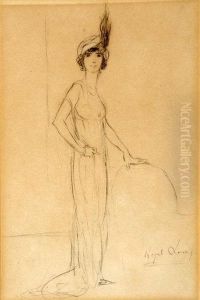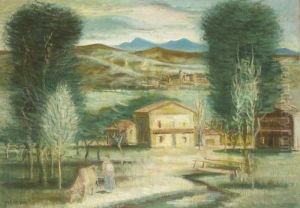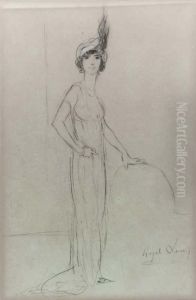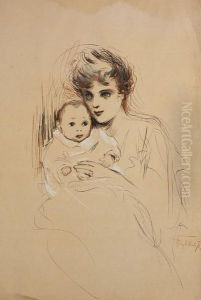Lady Hazel Lavery Paintings
Lady Hazel Lavery, born Hazel Martyn in Chicago in 1880, was a prominent figure in the early 20th century, not only as an artist but also as a muse and a social influencer within both the British and Irish political and social circles. Her early life in America laid the groundwork for her artistic talents, but it was her marriage to Sir John Lavery, a renowned Irish portrait painter, that thrust her into the limelight and significantly influenced her artistic career and social standing.
Hazel Martyn was known for her beauty and charisma from a young age. After her family moved to Europe, she was educated in France and Germany, which broadened her cultural and artistic horizons. In 1909, she married Sir John Lavery, becoming his second wife. Through this marriage, she entered an elite social circle and became an emblematic figure within the Celtic Revival, a movement that sought to promote the cultural identity of Ireland.
As an artist, Hazel Lavery was competent, though her work was often overshadowed by her husband's success. She painted landscapes, interiors, and occasionally portraits, showcasing a delicate handling of light and color. However, it was her role as a muse and a hostess that made her a legendary figure. Her image was immortalized by Sir John Lavery in numerous portraits, the most famous of which became the basis for the allegorical figure of Ireland on the Irish Free State banknotes, thus cementing her status as an icon of Irish identity.
Beyond her artistic contributions, Lady Lavery used her influence to support the Irish cause for independence. She and her husband were actively involved in the political scene, providing a neutral meeting place for discussions among key figures of the Irish political landscape. Her salon in London was a hub for intellectuals, artists, and politicians, earning her a place in history not just as an artist and muse, but also as a significant cultural and political influencer until her death in 1935.



